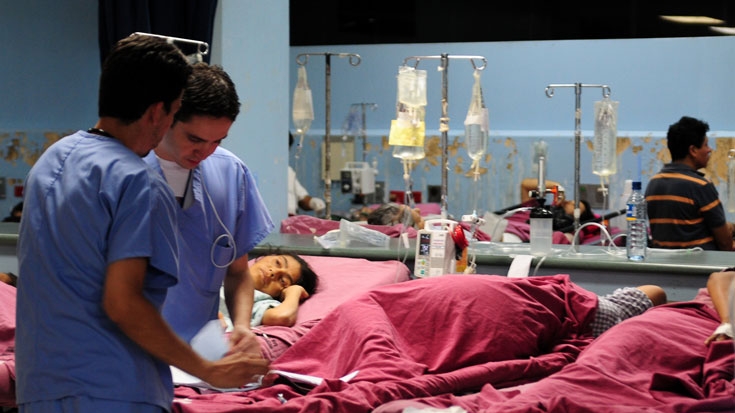CHALLENGE
In 2010 —shortly following the global financial downturn that weakened the Guatemala economy— a volcanic eruption, hurricanes and ensuing flooding, created additional spending pressures for reconstruction on already strained fiscal resources. Since the global financial crisis had already significantly reduced economic activity, cut jobs, and curtailed the flow of wage remittances, the risk of a greater number of people falling into poverty had increased and pro-poor policy actions were even more critical.
Given the emergency situation, slow growth and weak tax collections, the Government was faced with the difficult financial decision of whether to fully fund the recovery and reconstruction at the cost of reducing key social services or to push back reconstruction into the future to maintain services in the near term. As Guatemala’s social indicators outcomes are some of the worse in the region, and the country spends the least as a percent of its GDP on health and education, any further social cuts would be quite detrimental.
APPROACH
The Government, though committed to medium- to long-run financing of basic education and health services, requested the ERL to support the provision of social services in the near-term as reconstruction began and fiscal resources were severely stretched. The ERL team, who rapidly prepared the project in 6 weeks, worked closely with the existing WB education and health projects in Guatemala, to design a simple, fast-disbursing instrument. The ERL would reimburse the government for wage payments to education and healthcare personnel in the poorest 130 municipalities, based on statements of expenditures, provided personnel numbers met base levels. The number of educators and healthcare personnel had to be used as a proxy for service provision due to data limitations on high-frequency service outcome indicators.


